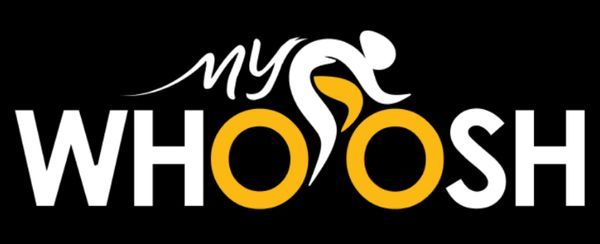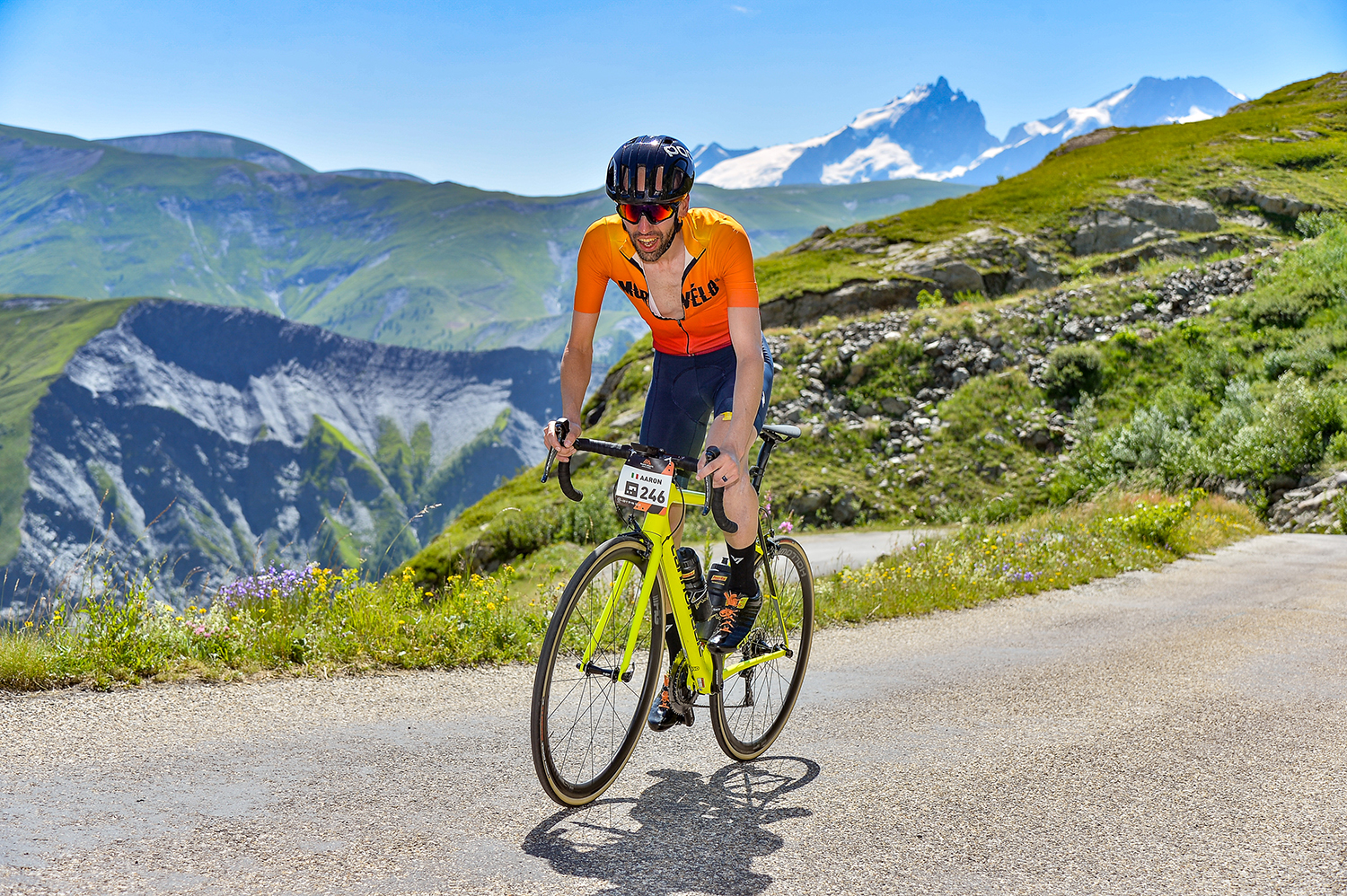Do indoor cycling minutes count for more?
To train or not to train indoors – that is the question. We delve into cycling’s most challenging training conundrum to decide which method is best for you and your goals
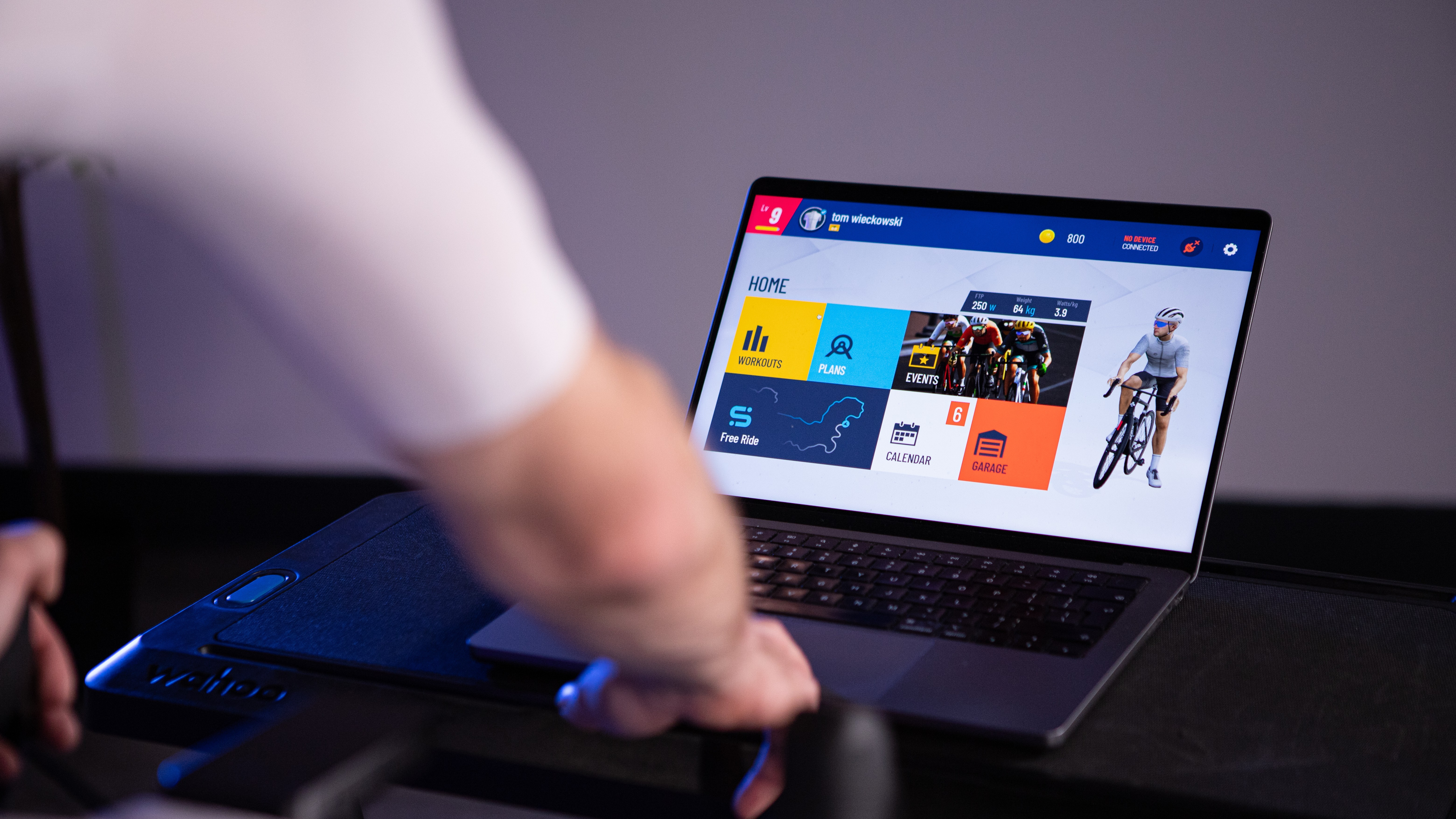
The indoor versus outdoor training debate has been discussed ad nauseam over the years among competitive cyclists, and the opinions are split right down the middle. Both training methods have distinct merits, and what works for one cyclist may not work for the next, as it ultimately depends on individual goals and circumstances.
Factors such as climate, time of year, job and family demands, and the safety aspect of riding outdoors all play a significant role in making a decision. While outdoor minutes might be more stimulating, the benefits of training indoors can’t be ignored, and there are many ways to improve the indoor riding experience to make it more enjoyable.
However, you don't need to complete every workout exclusively indoors – it’s good to mix things up with a good outdoor interval session, but you should consider a smart turbo trainer for critical sessions as it provides a controlled environment.
Below, we’ll discuss indoor training in detail and explain why it’s wise to incorporate specific sessions into your training regimen.
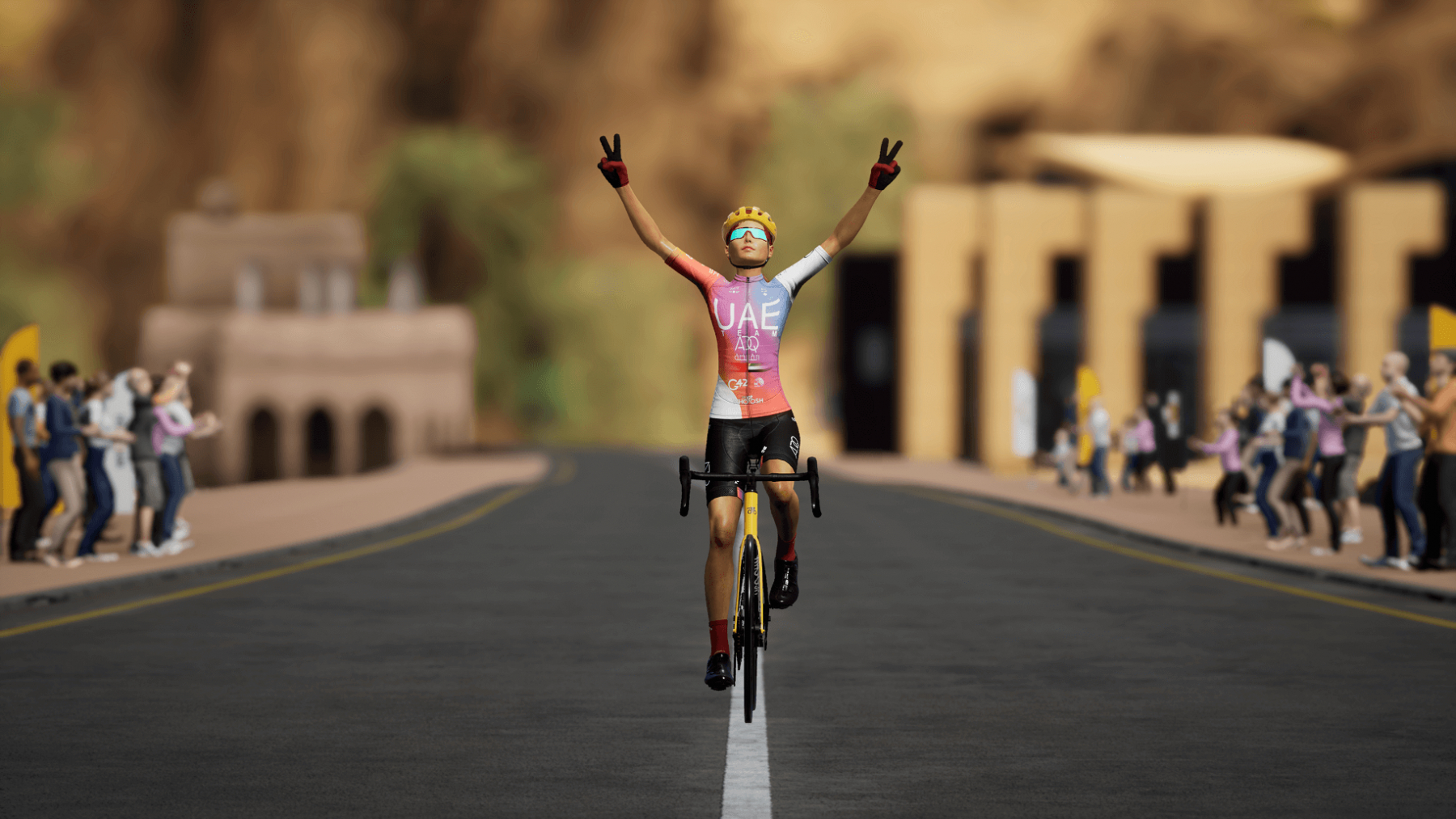
What’s your goal?
A lot of the time, cyclists train towards a specific goal. While some cyclists ride all year round to stay fit and lean, others follow training plans to prepare for a specific event – a race, triathlon, stage event, or even an indoor-specific race.
Your training approach will depend mainly on the type of event. For example, mountain bikers are more likely to train outdoors to replicate race-specific conditions and refine their skills. Indoor training is not very high on the priority list for these riders, but it’s still not completely foreign for a mountain biker to complete a specific session indoors or FTP test.
Road riders, on the other hand, don’t race on courses as technical as their off-road compatriots and can rely more on indoor training to ensure they nail their workouts and be as well-prepared as possible for the racing season ahead. We’re seeing more and more amateur and professional athletes complete their workouts in an indoor setting for various reasons, the most pertinent being consistency and repeatability without interruption – something we’ll touch on later.
There’s now also a new crop of riders or indoor cycling specialists who train and race exclusively on platforms such as MyWhoosh. The Abu Dhabi-based company is growing in popularity for its Sunday Race Club, MyWhoosh Championships, and even hosts the UCI Cycling eSports World Championships. Here, it would be counterproductive for athletes to train outdoors as the nuances of the game dynamics don't match up like for like, and outdoor training might negatively impact indoor racing performance.
Time of year
The amount of time you ride and train indoors is also directly influenced by the time of year. While we do see some northern hemisphere riders training indoors during the summer owing to the milder temperatures, riders near the equator or in the southern hemisphere spend most of their time training outdoors during summer.
The common theme here, however, is that winter is the most popular time for indoor training and racing across all regions and demographics. Training indoors during winter is the logical option as it keeps riders safe from the elements (wind, rain, and the cold) and traffic. It's here that significant gains can be made for the upcoming racing season, as riders can focus on replicating specific workouts that mimic efforts of real-life racing.
The data is incredibly valuable as the conditions are more controlled. Every effort can be monitored over time in different fitness phases, and this is more accurate when used as comparative data.

A controlled environment
One of the biggest annoyances when attempting workouts or intervals outdoors is the interruptions from other road users (cars and trucks), traffic lights, and other unavoidable hurdles such as potholes and road furniture. That said, if you happen to find the perfect road that’s long and quiet enough to allow for an interval, the stimulus provided by balancing the bike and countering the wind can’t be replicated in an indoor setting.
On the other hand, the lack of disruption means you can generally get a better workout completed in the same time on the indoor trainer and often go a lot deeper into the red than an outdoor session as there’s no need to balance the bike, steer, operate the controls or account for any traffic – you can merely stop pedalling and hang over the bars to recover. Indoor sessions are controlled and free from external factors, such as weather, traffic, and terrain, allowing for greater consistency and more accurate training analytics.
Time management
We’ve all been here – attempting an outdoor ride during winter, where studying the long-term weather report and ensuring you've the right kit is standard practice, not forgetting the 30 minutes it takes to get in and out of the clothes you’ll need to stay warm and dry. While it’s always good to get some fresh air and break up the monotony of indoor training, the convenience of hopping on the indoor trainer can’t be beaten, especially in winter. As a result, riders can focus solely on the workouts and fitness gains offered by indoor training platforms like MyWhoosh.
But it’s not just during wintertime that indoor training makes a convincing and viable alternative. For many, a demanding job and family commitments often take precedence over training, meaning you’ll need to shoehorn it into your schedule. More often than not, there’s no time for completing these sessions outdoors and, in this scenario, indoor cycling can’t be beaten. Here, riders can achieve the same training stress as a two-hour ride in a short, intense one-hour session.
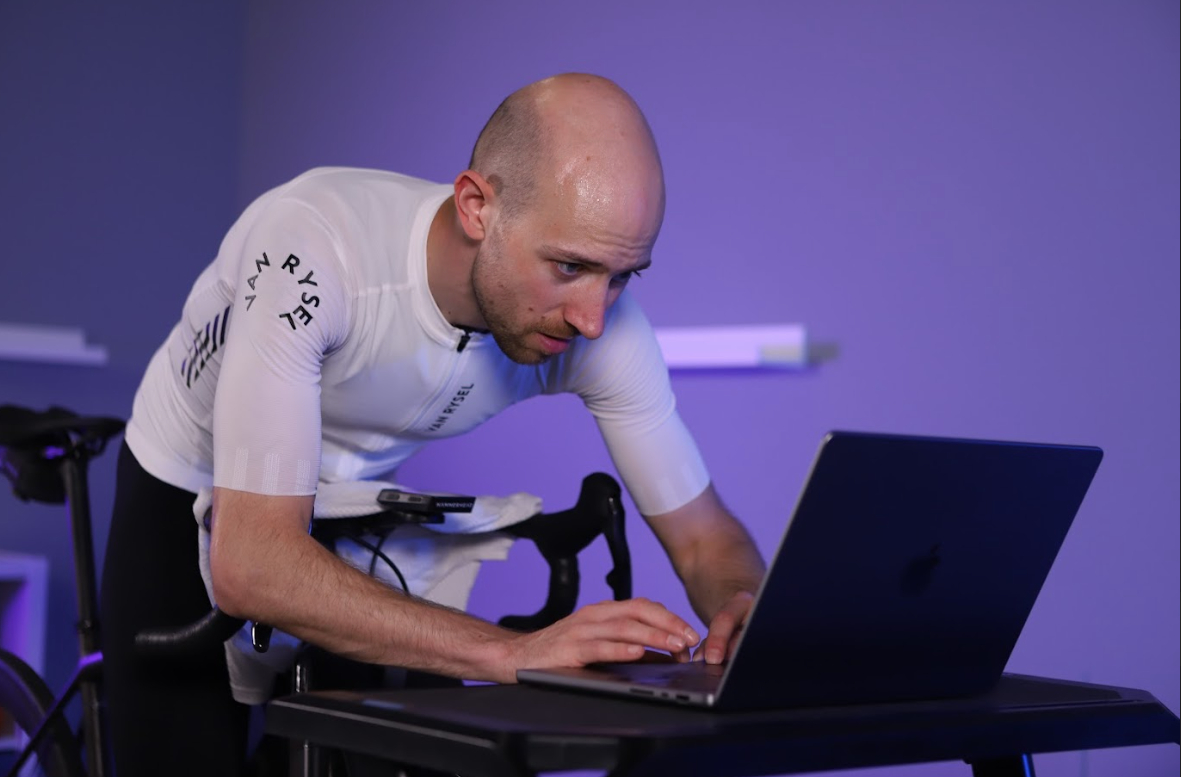
Finding the right indoor training platform
There are many indoor training platforms available, and the market is now well-saturated. Finding the best indoor training app will ultimately come down to the individual, but for cyclists, the most significant factors are subscription costs and the value you get for your money.
Of all the options available, MyWhoosh is entirely free and doesn't require any subscription for long-term use. In fact, the platform has recently introduced a trade-in system, allowing you to transfer your progress from other apps to MyWhoosh, ensuring you don't need to start from scratch.
However, MyWhoosh stands out for more than just its free subscription model. The platform is well-known for its racing, and its Workout Hub offers a variety of plans suitable for both beginner and elite riders wanting to train. You can choose from a pre-selected list or create your own using the workout builder. You'll also be able to manually input your FTP (you can adjust it as needed) and begin your workout.
There are over 720 workouts, including the notorious MyWhoosh Power Passport test, as well as 30 Video-On-Demand (VOD) sessions.
Conclusion
There’s no hard or fast rule as to which training method is best. It’s wise to combine both outdoor and indoor sessions, as the two training protocols will help you achieve the necessary training adaptations and fitness goals more effectively. As a guideline, indoor cycling should be used to complete focused and controlled interval sessions during the week or when you’re pressed for time, while outdoor training allows riders to brush up on technical and bunch-riding skills and steady-state endurance rides.
The latest race content, interviews, features, reviews and expert buying guides, direct to your inbox!
Aaron was the Tech Editor at Cyclingnews between July 2019 and June 2022. He was born and raised in South Africa, where he completed his BA honours at the University of Cape Town before embarking on a career in journalism. Aaron has spent almost two decades writing about bikes, cars, and anything else with wheels. Prior to joining the Cyclingnews team, his experience spanned a stint as Gear & Digital editor of Bicycling magazine, as well as a time at TopCar as Associate Editor.
Now based in the UK's Surrey Hills, Aaron's life revolves around bikes. He's a competitive racer, Stravaholic, and Zwift enthusiast. He’s twice ridden the Cape Epic, completed the Haute Route Alps, and represented South Africa in the 2022, 2023, 2024 UCI eSports World Championships.
Height: 175cm
Weight: 61.5kg
